Croatia’s scattered islands along the Adriatic coast tell stories of conquest, defense, and survival through centuries of turbulent history. These rocky outposts served as strategic strongholds for various empires, from Byzantine rulers to Venetian merchants, each leaving behind impressive stone fortifications that still crown island peaks today.
The combination of natural island barriers and human-built defenses created some of Europe’s most impregnable medieval strongholds. Here is a list of 15 Croatian islands where ancient fortresses continue to dominate the landscape, offering visitors a glimpse into the region’s complex past.
Korčula
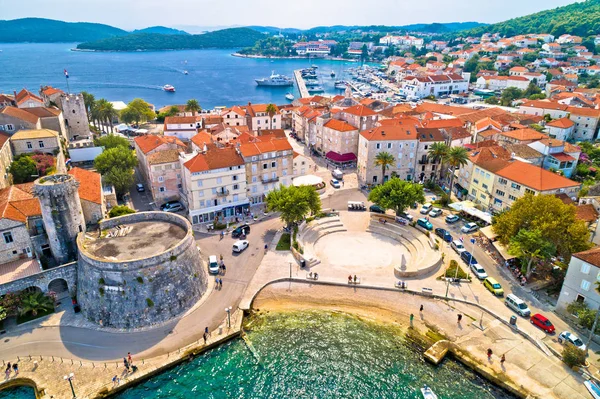
The town of Korčula sits like a miniature Dubrovnik on its namesake island, surrounded by massive stone walls that have protected inhabitants since the 13th century. Venetian architects designed these fortifications with distinctive round towers, creating what locals call ‘Little Dubrovnik’ due to the striking architectural similarities.
The fortress walls rise directly from the sea on three sides, while a deep moat once protected the landward approach. Walking through the narrow stone streets within these walls feels like stepping back into medieval times, especially when evening light casts long shadows between the ancient buildings.
Hvar
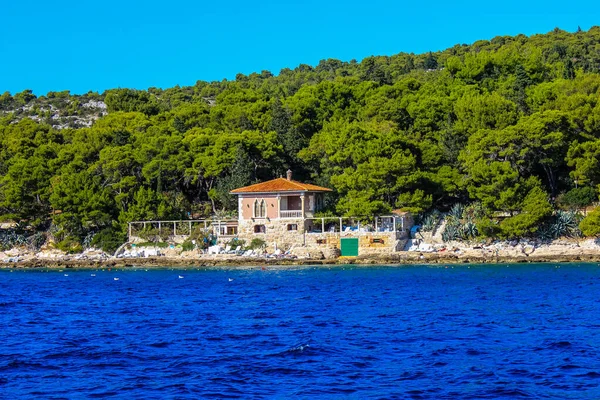
Fortica Fortress perches 300 feet above Hvar Town, its imposing walls visible from miles out at sea—exactly as intended by the Venetian engineers who built it in the 16th century. The fortress served as the final refuge for townspeople during Ottoman raids, with underground cisterns and storage rooms capable of sustaining hundreds of people during lengthy sieges.
Today’s visitors can climb the zigzag path to reach the fortress walls, where panoramic views stretch across the lavender fields below to neighboring islands on the horizon. The combination of military architecture and natural beauty makes this one of the Adriatic’s most photographed medieval sites
Like Travel Pug’s content? Follow us on MSN.
Vis
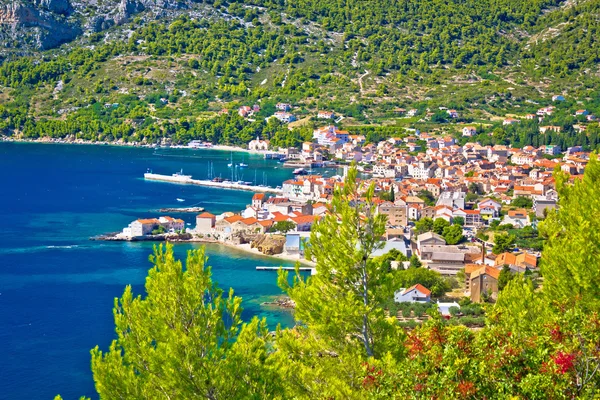
Vis Island’s strategic position 30 miles from the mainland made it invaluable to various powers throughout history, resulting in multiple fortress complexes scattered across its rugged terrain. The British built Fort George on the island’s highest peak during their occupation in the early 1800s, though it incorporates stones from much older Venetian and Roman fortifications.
Underground tunnels connect different sections of the fortress, while hidden gun emplacements carved into the rock face remain largely intact. The island’s isolation preserved these military installations better than most coastal fortresses, creating an almost untouched historical landscape.
Lastovo

Remote Lastovo Island features fortress ruins that span over a millennium, from Byzantine watchtowers to Venetian coastal defenses built into the island’s dramatic cliffs. The main fortress complex overlooks the island’s only town, its weathered stones blending so seamlessly with the natural rock formations that visitors often mistake ancient walls for natural cliff faces.
Medieval builders took advantage of the island’s natural caves, incorporating them into the fortress design to create hidden storage areas and escape routes. The fortress’s remote location meant it saw relatively little combat, leaving many original architectural details remarkably well-preserved.
Šolta

The fortress ruins on Šolta Island represent one of the Adriatic’s best examples of adaptive medieval architecture, where builders modified existing Roman structures rather than starting from scratch. Venetian engineers reinforced the ancient walls with additional towers and bastions, creating a hybrid fortification that reflects centuries of continuous occupation.
The fortress commands views over the narrow channel separating Šolta from Split, allowing defenders to monitor all maritime traffic heading toward the mainland. Local limestone used in construction has weathered to create walls that seem to grow naturally from the island’s rocky foundation.
Like Travel Pug’s content? Follow us on MSN.
Brač

Vidova Gora, Brač Island’s highest peak, supports fortress ruins that once served as the primary defensive position for the entire central Dalmatian region. The fortress sits nearly 2,600 feet above sea level, making it visible from islands dozens of miles away and providing defenders with unparalleled surveillance capabilities.
Medieval engineers carved defensive positions directly into the mountain’s limestone bedrock, creating fortifications that became virtually indistinguishable from the natural landscape. The exposed position meant constant battles with wind and weather, but it also ensured that no enemy approach could go undetected.
Pag
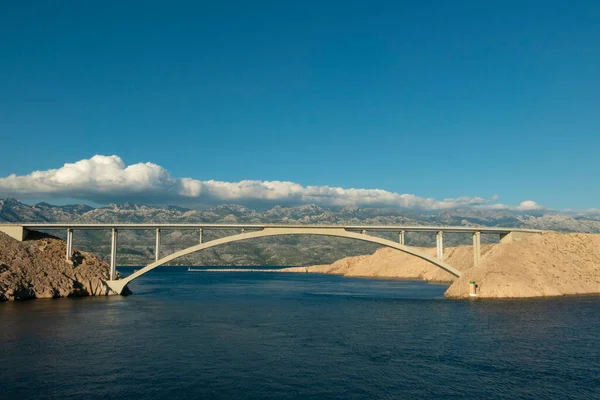
The fortified town of Pag represents one of the few complete medieval defensive systems still intact in the Adriatic, with walls, towers, and gates forming an unbroken circuit around the historic center. Salt production made this island enormously wealthy during medieval times, requiring substantial fortifications to protect the valuable commodity from raiders and rival merchants.
The fortress walls incorporate a sophisticated water management system, collecting rainwater in hidden cisterns while channeling storm runoff away from defensive positions. Unique white limestone construction gives these fortifications a distinctive appearance that sets them apart from typical gray stone castles found elsewhere in Croatia.
Rab
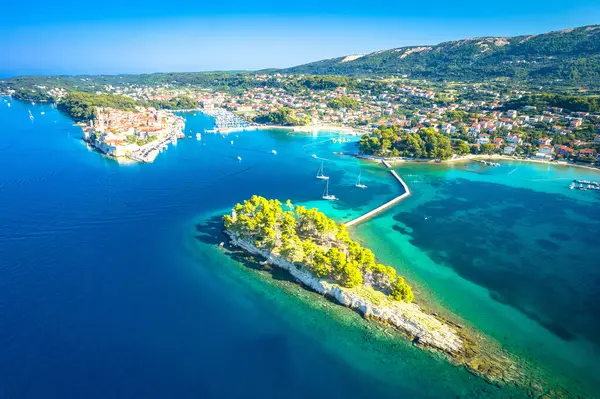
Four distinctive bell towers rise above Rab’s medieval walls, creating a skyline that’s remained virtually unchanged since the 12th century when Venetian architects designed this remarkable fortified complex. The fortress incorporates natural rock formations along the coastline, with walls that seem to emerge organically from the island’s limestone cliffs.
Underground passages connect the fortress to several churches within the town walls, providing protected routes for civilians during sieges. The fortress’s position on a narrow peninsula meant defenders could control access from both land and sea, making Rab nearly impregnable during its military heyday.
Like Travel Pug’s content? Follow us on MSN.
Krk
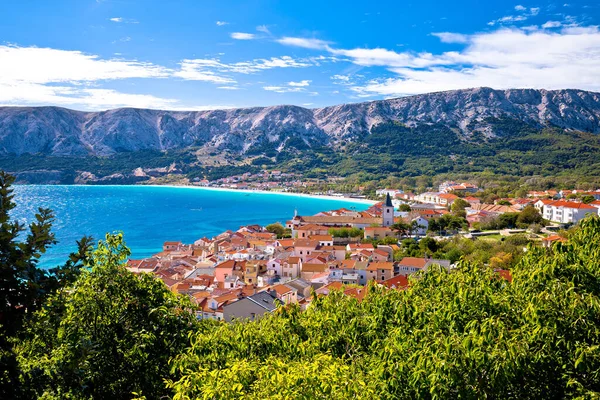
Krk Town’s fortress exemplifies medieval Croatian defensive architecture, with massive round towers connected by walls thick enough to withstand both cannon fire and earthquake damage. The fortress dates to the 12th century, though archaeological evidence suggests continuous fortification of this site since Roman times.
Medieval builders incorporated an unusual double-wall system, channeling attackers into strategically exposed zones between the inner and outer fortifications. The fortress museum displays weapons and armor found during recent restoration work, including crossbow bolts still embedded in the ancient wooden gates.
Cres

The hilltop fortress above Cres Town demonstrates how medieval builders adapted their techniques to work with challenging terrain, carving foundations directly into solid rock while building walls that follow the mountain’s natural contours. Venetian military engineers designed this fortress as part of a broader defensive network protecting the northern Adriatic approaches to Venice itself.
The fortress includes an elaborate system of underground chambers, some serving as dungeons while others stored supplies and freshwater during extended sieges. Recent archaeological work revealed that portions of the fortress incorporate stones from a much older Illyrian settlement, showing thousands of years of continuous occupation.
Lošinj
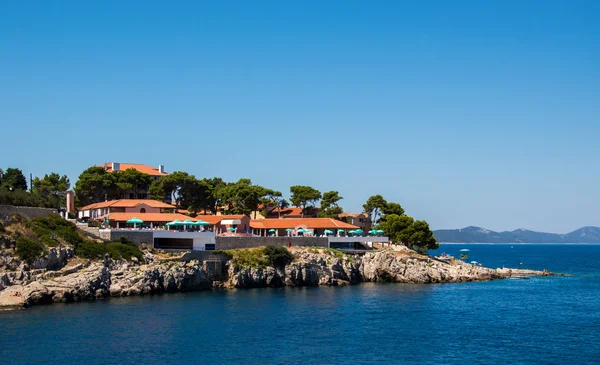
Mali Lošinj’s fortress represents a unique example of medieval coastal defense, with walls that extend directly into the harbor to create a fortified anchorage for friendly ships. The fortress design reflects the island’s role as a major maritime trading center, where protecting merchant vessels was just as important as defending against military attacks.
Venetian engineers built the fortress with specialized features, including a protected harbor entrance that could be closed with massive chains during emergencies. The fortress walls incorporate distinctive red limestone found only on Lošinj, giving the fortification a warm color that distinguishes it from the gray stone typical of other Adriatic fortresses.
Like Travel Pug’s content? Follow us on MSN.
Ugljan

The fortress ruins on Ugljan Island showcase medieval military engineering at its most practical, with simple but effective defensive positions carved into strategic hilltops overlooking key sea routes. These fortifications served primarily as observation and communication posts, using fire signals to relay information between islands and the mainland.
The fortress design prioritized function over grandeur, creating defensive positions that required minimal maintenance while providing maximum strategic value. Archaeological evidence suggests these fortifications were continuously occupied from the 10th through 16th centuries, with each generation of defenders adding their modifications to the basic design.
Murter
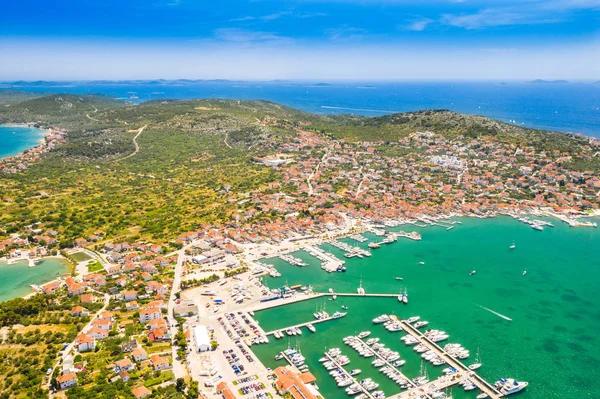
Murter Island’s fortress complex demonstrates how medieval communities adapted to the constant threat of piracy, with fortified buildings scattered throughout the island rather than concentrated in a single defensive position. The main fortress overlooks the channel connecting Murter to the mainland, while smaller fortified towers guard isolated bays where raiders might attempt to land.
Local builders used a distinctive construction technique, embedding iron rings in the fortress walls to anchor heavy chains that could be stretched across narrow inlets. The fortress network allowed island defenders to coordinate their response to threats while providing multiple fallback positions if any single stronghold fell.
Zlarin

The fortress on tiny Zlarin Island protected one of the Adriatic’s most important coral harvesting operations, with specialized defensive features designed to safeguard this unique maritime industry. Venetian merchants built substantial fortifications here despite the island’s small size, recognizing the enormous value of the coral beds in the surrounding waters.
The fortress includes unusual features like a fortified pier where coral diving boats could dock safely, plus specialized storage areas for processing and protecting the valuable harvest. The island’s coral wealth attracted frequent pirate attacks, leading to fortress modifications that prioritized rapid response to seaborne threats over traditional siege defense.
Like Travel Pug’s content? Follow us on MSN.
Silba
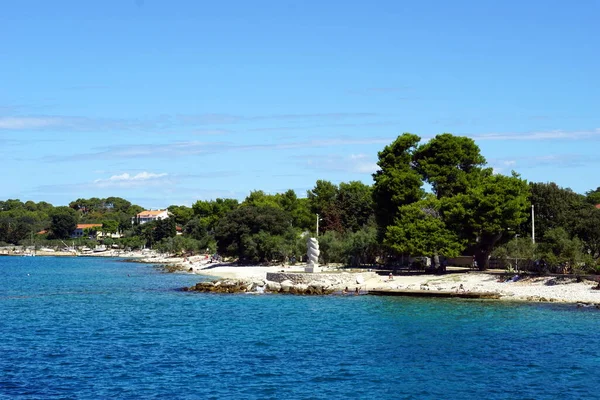
Silba’s fortress ruins occupy a strategic position controlling the narrow passage between the northern and southern Adriatic, making this small island crucial for maritime traffic throughout the medieval period. The fortress design reflects its specialized role as a navigational checkpoint, with signal towers that could communicate with ships and other islands across vast distances.
Medieval engineers took advantage of the island’s flat terrain to create an unusual fortress layout, with defensive walls forming geometric patterns rather than following natural topographical features. The fortress included specialized facilities for maintaining and supplying the signal fires that made long-distance communication possible across the island chain.
Timeless Guardians

These medieval fortresses transformed Croatia’s islands from simple rocky outcrops into strategic powerhouses that shaped Adriatic history for centuries. Each fortress tells a unique story of adaptation, survival, and human ingenuity in the face of constant threats from sea and land.
Today, visitors can explore these ancient strongholds to understand how geography and military necessity combined to create some of Europe’s most distinctive defensive architecture, where medieval Croatian builders left their permanent mark on the Adriatic landscape.
More from Travel Pug

- 20 Best Beach Towns in the Carolinas
- 13 Destinations Where Tourists Regularly Regret Their Trip
- 20 Destinations That Are More Magical Without an Itinerary
- 20 Underrated Adventures That Belong on Your Travel List
- 20 Cities Where You Should Just Wing It, No Planning Required
Like Travel Pug’s content? Follow us on MSN.
